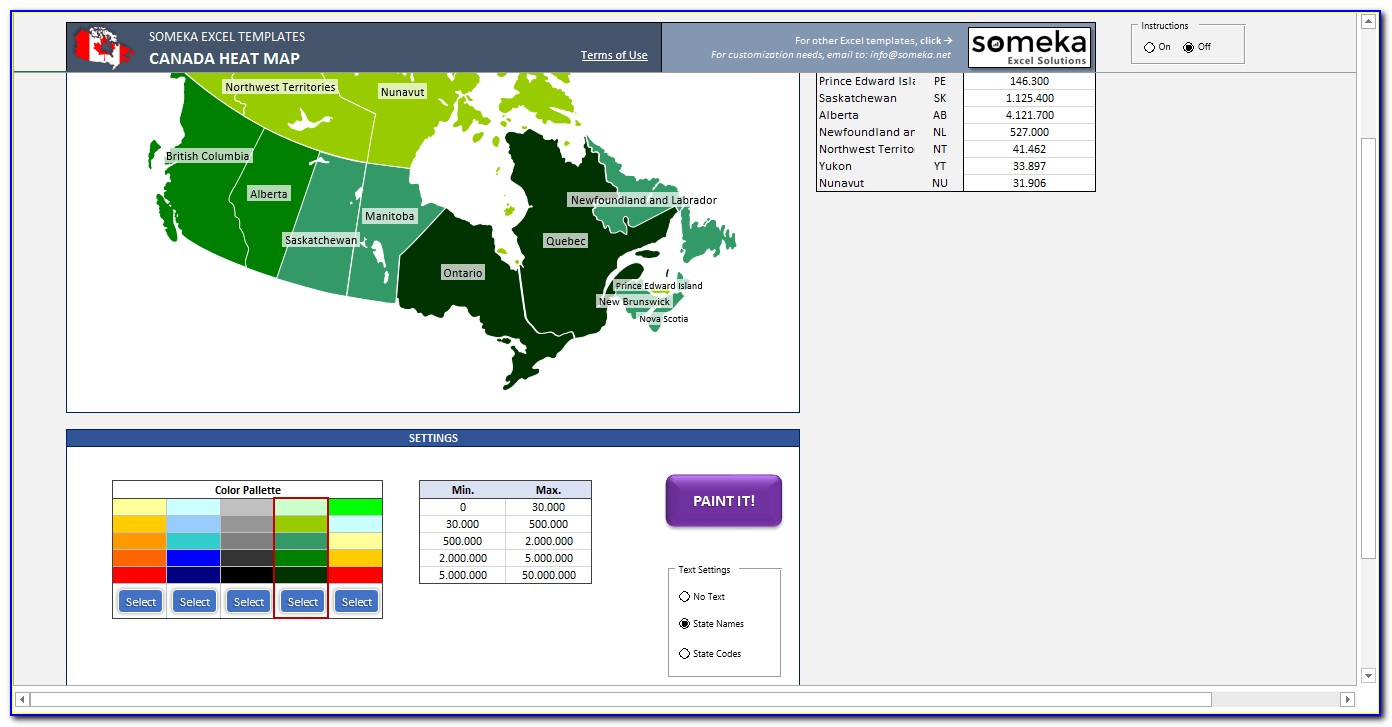

Using two dots in front of the path tells zMUD to send the directions needed to reverse the path.
Mudlet create map example how to#
The advantage of using paths instead of aliases, is that zMUD knows how to reverse a path. So, to move from the Temple to the Store using the store path, you would enter. Executing the path is the same as executing an alias, except you precede the name of the path with the speedwalk character. The period in front of the speedwalk characters is optional in this case. For example, to create a path from the Temple to the Store, you would enter A path is an alias for speedwalking commands.
Mudlet create map example manual#
You could assign the manual speedwalking command to an alias, but in order for zMUD to know you are assigning a movement command you use a special type of alias called a "path". For example, if you want to move 6 rooms west, you could enter.

To move several spaces in the same direction, you can enter them normally, or you can precede the direction with the number of spaces you wish to move. This would cause the directions south, east, then north to be send to the MUD. In the example above, to move from the Temple to the Store, you would type. ) then enter the directions you wish to move without using any command separators. To use this feature, start your command with the speedwalk character, which defaults to a period (.

To handle MUDs that do not allow abbreviated directions, zMUD has a syntax for sending directions to the MUD quickly called speedwalking. The solution to some of these limitations is to use the built-in zMUD speedwalking functions. There are several problems with using aliases for speedwalking: an alias only works from a certain starting position (the Temple in this case) you can’t reverse an alias to return to your starting point some MUDs don’t accept abbreviated commands, so the aliases are long and cumbersome. Remember that the separates multiple commands on a single line. Now, most MUDs support abbreviations for the common directions, so storing s e n would also work. Now, when you are in the Temple, just type store and the commands to move to the store are sent to the MUD. If you often need to go from the Temple to the Store, you can assign these directions to an alias. To get from the Temple to the Store, you must travel: south, east, then north. For example, consider a portion of a town in the map in Figure 1. The simplest way to remember a set of directions and replay them at a later time is by assigning these direction commands to an alias. The most powerful method uses the automapper described in the next chapter, but understanding speedwalking is important before tacking the complex mapper. This chapter will explore some of the methods for moving from place to place on a MUD using the zMUD client. Any of the methods that involve sending a string of movement commands to the MUD very quickly is called "speedwalking". zMUD provides several methods for moving your character around the MUD. In many cases, your objective is a particular location or room on the MUD, and you just need to figure out the best and quickest way to get there. Entering commands like north, south, east, and west takes your character from room to room on a MUD to interact with other players or characters. Moving your character through the world of a MUD is the most common, and often the most tedious, task that you will perform.


 0 kommentar(er)
0 kommentar(er)
